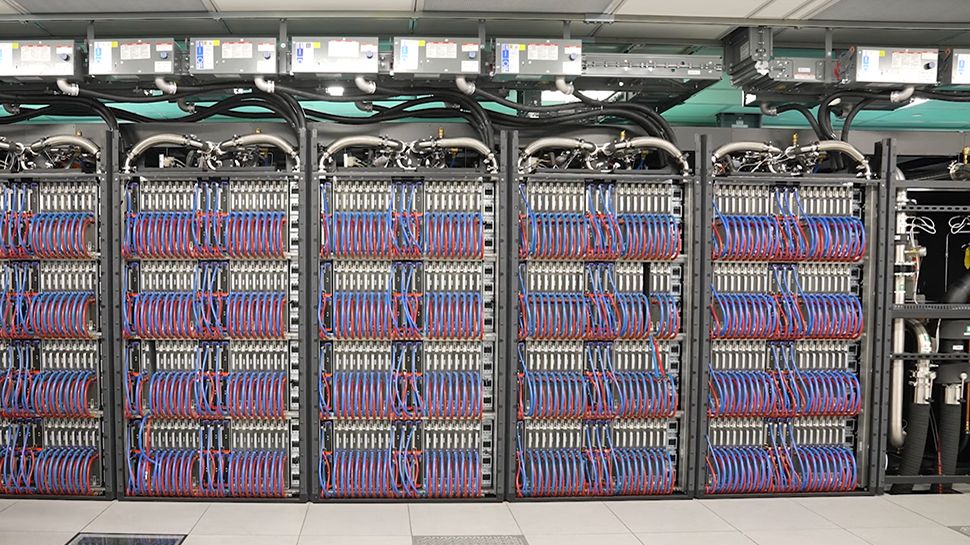According to recent estimates, around 328.77 million terabytes of data are created. every day. Storing that data is a challenge, so it's no surprise that we're seeing the introduction of a number of new high-capacity storage technologies. Just in the last few months we reported on a ceramic cartridge with a capacity of 10,000 TB, a 200 TB optical drive and NVDRAM from Micron, which surpasses NAND-based SSDs in terms of speed and durability.
In a keynote speech at MWC 2024, Huawei's Dr. Peter Zhou presented a number of new data storage solutions the company is introducing. OceanStor A800 and OceanStor A310 are designed to make “AI training data globally visible, manageable and available, and improve data collection, preprocessing and training efficiency,” while OceanProtect E8000 and X9000 are solutions of data backup devices.
However, perhaps the most exciting announcement covers the company's next-generation OceanStor Arctic magnetoelectric storage solution.
More than 10 PB capacity
Although the details on OceanStor Arctic are a little fuzzy at the moment, we know that it is designed for warm and cold data. Huawei has also said that it is projected to reduce TCO by 20% compared to tape and reduce power consumption by 90% compared to hard drives.
Huawei's China headquarters has since provided a bit more details, telling Blocks and files, “Huawei's MED (magnetoelectric disk) brings a completely new innovation compared to magnetic media. The first generation of MED will be a large capacity disk. The rack capacity will be greater than 10 PB and the power consumption will be less than 2 KW. For the first generation of MED, we will position it primarily for file storage.”
Tom Hardware suggests that since the technology is a “magnetoelectric disk (MED), not a magnetoelectric unit, we are dealing with something that has magnetic plates with tracks (and probably spins). “The underlying principle of MED technology appears to be the magnetoelectric effect, which creates a connection between the magnetic and electrical properties of a material.”
The first generation of the OceanStor Arctic is planned to launch internationally in the first half of 2025.









